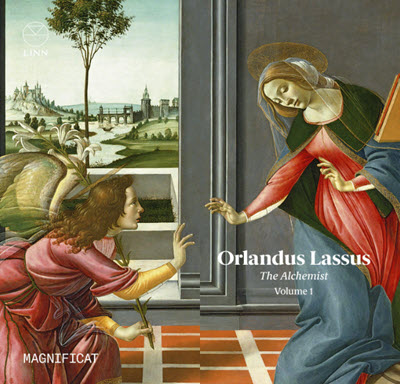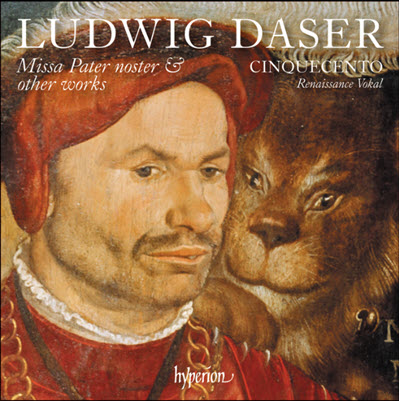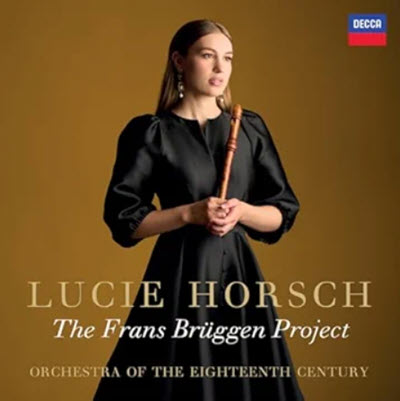by Steven Silverman
Published June 27, 2022
William Tisdale: Music for Virginal, Performed on a c.1590 Italian Virginal. Charles Metz, virginal. Navona NV6330
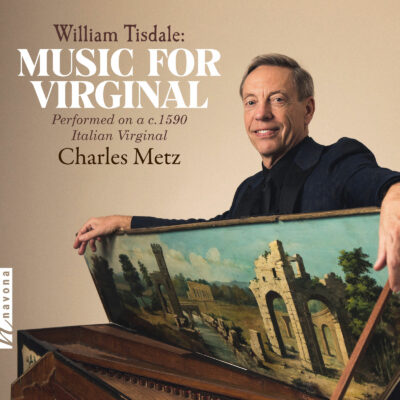
Performer-scholar Charles Metz’s 2021 recording of English virginal music features all of the seven known compositions of William Tisdale, plus 16 works by other late 16th-century English composers, including the prolific Anonymous. The sources for the music are the Fitzwilliam Virginal Book, and the John Bull Manuscript (a manuscript owned by John Bull, and possibly copied by Tisdale, hence the sometime-title Tisdale Virginal Book for music from the collection).
Notably, the rose-adorned virginal used in the recording is a restored Italian instrument by Francesco Poggi, c.1590, of which the soundboard, keyboard, and some of the case are preserved (with jacks and strings being newly provided).
The virginal is cousin to the harpsichord. Virginals have a single rather than multiple sets of strings, a single keyboard (manual), and a single registration, with strings that run at right angles to the keys rather than parallel with them as with the harpsichord. The sound of the instrument in this recording conforms well to the description of Italian virginals in The New Grove: “[t]he sound of Italian virginals is surprisingly loud…quite unlike Italian harpsichords since their strings are plucked farther from the end and both bridges rest on free soundboard. Both of these features tend to emphasize the fundamental tone at the expense of higher harmonics, producing a sound that is rounder and less penetrating than that of a harpsichord.”
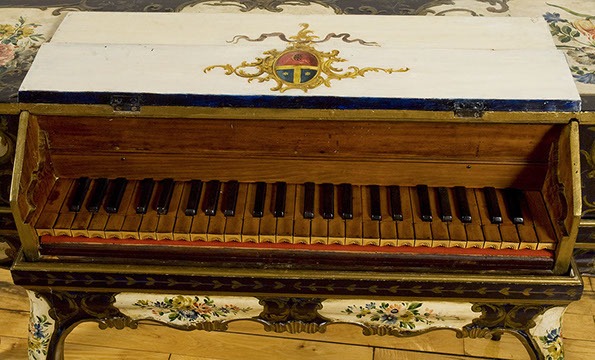
Music written for the virginal is idiomatic to the instrument, but nonetheless, needs some help to be brought to life. The printed score is a point of departure, not a blueprint. This music needs to be played with flexibility of pulse, heightened pointing up of dance rhythms, and avoidance of simultaneity where the two hands are doing different things. Particularly given the instrument’s absence of registral contrast, such devices as staggering of hands and other rubato, creating airspace by not holding chords for the full notated value (especially where dance rhythms are involved), reacting to harmonic surprises through agogic accents or other timing devices, inégale for scale passages and other close lying notes of similar value, and adding ornamentation are necessary elements of stylistic performance practice for this repertoire. Particularly essential is a hierarchized beat structure, so that strong and weak beats are clearly differentiated.
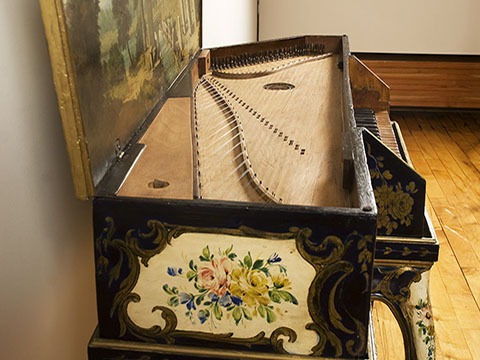
I hear some of this in Metz’s recording, but not enough for my taste. He tends to play this music with earnest fidelity to the printed score. Note values get strictly observed, hands are consistently played precisely together, ornaments are observed but not added (or added only minimally), and beats have a tendency to fall metronomically. For example, the lovely “Susanne un Jour” (an arrangement from Orlando de Lassus) contains multiple ascending melodic lines, often culminating in deceptive harmonies, which cry out for the melody line to be played after the accompaniment for expressive effect. Yet Metz repeatedly plays the two hands right together at these moments. This piece likewise contains a lot of writing where one hand is answered with the same music, the two hands alternating. These are played as matching bookends, where the answering voice exactly mirrors the initial one. Surely there are ways of varying this quasi call-and-response to avoid getting stuck in reiterated patterns.
Similarly, Dowland’s “Lachrymae Pavan” is played with accompanying block chords coincident with the melody notes, which both misses expressive possibilities, and obscures the melody itself. Tisdale’s “Coranto” (an Italian corrente) suffers from a kind of rhythmic stasis with the dance rhythm played alike in each measure, with chords on downbeats being held to almost the full note value, dulling the dance element.
Closer to the mark is the Tisdale “Pavana Chromatica-Mrs. Katherin Tregians Pavan.” Here Metz does react to many of the chromatic “blue” notes in the piece—made even spicier in the mean tone temperament used for the entire CD—and otherwise bends time to create expressive moments. There is also some use of inégale, and some differing of articulations to show different note groupings. (The title of this piece is one of the few clues about composer Tisdale, whose dates and life events are largely unknown. The eponymous Mrs. Tregians was of a Catholic family in Cornwall evidently known to Tisdale, one of whose members is thought to have compiled and copied music manuscripts. The Pavan likely memorializes the death of the family matriarch.)
Other strengths of the recording are consistently well-executed trills in both hands (and there are an abundance of them), good right-hand passage work (some of which sounds as if paired fingerings are appropriately used to create articulations), a generous assortment of repertoire, and, of course, a rare chance to hear this older music performed on a contemporaneous instrument.
Metz is an early keyboard specialist on virginal, harpsichord, and forte piano. His arduous quest to rescue and restore the 1590 virginal in this recording is well-described in the liner notes, and for that alone he deserves our gratitude.
Steven Silverman is a pianist and harpsichordist whose performances include concerts at Weill Hall in New York and the Salle Cortot in Paris. He and his wife, the violinist and violist Nina Falk, are co-founders of the Arcovoce Chamber Ensemble, now in its 23nd season, and for many years a resident chamber ensemble at Washington D.C.’s Phillips Collection.
More CD Reviews:

